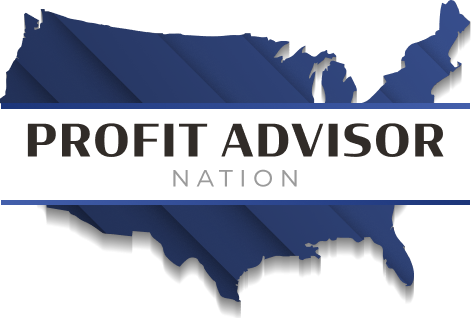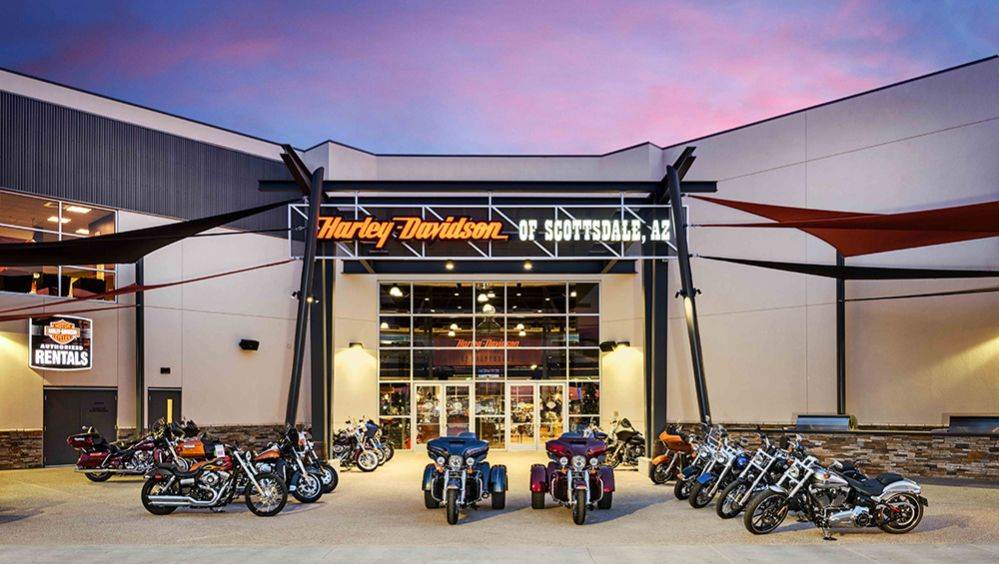On October 2, shares of Harley-Davidson Inc. (NYSE: HOG) fell 5% after analysts at Baird downgraded the stock from Buy to Neutral, lowering the price target to $40 from $42.
The downgrade was prompted by alarming feedback from dealers regarding third-quarter trends.
Analyst Craig Kennison highlighted weak retail sales, excess inventory, and growing dealer frustration as key concerns.
“Dealer frustration is boiling over, a dynamic that may force change,” Kennison noted, suggesting that pressure is building from riders, dealers, and shareholders alike.
The stock dropped to $36.43 in premarket trading, approaching the lower end of its 52-week range of $25.43 to $44.16.
This decline adds to the challenges Harley-Davidson has faced recently, with 10 out of 11 analyst EPS revisions trending downward.
The company is expected to report third-quarter earnings in the last week of October, with consensus estimates forecasting revenue of $1.01 billion and earnings per share (EPS) of $0.86.
Harley-Davidson navigating significant corporate changes
In addition to dealer concerns, Harley-Davidson has been navigating significant corporate changes.
On August 19, the company announced it would scrap its Diversity, Equity, and Inclusion (DEI) policies to better align with business needs and community expectations.
This decision came after criticism over its DEI initiatives, with some accusing the company of embracing a “woke agenda.”
Harley-Davidson stated it would no longer have supplier diversity spending goals and would reevaluate its sponsorships, affiliations, and training programs to focus solely on business relevance.
Furthermore, on September 4, Harley-Davidson declared a quarterly dividend of $0.1725 per share, consistent with previous payouts, resulting in a forward yield of 1.84%.
The dividend is payable on September 27 to shareholders of record as of September 16. While the steady dividend may appeal to income-focused investors, it does little to offset broader concerns about the company’s operational challenges.
Harley-Davidson Q2 earnings and share buybacks
In July, Harley-Davidson reported mixed second-quarter results. The company posted a GAAP EPS of $1.63, beating estimates by $0.25, and revenue of $1.62 billion, surpassing expectations by $350 million.
Despite these beats, the company lowered its full-year 2024 revenue outlook for its motorcycle segment, now expecting a decline of 5% to 9% compared to the previous guidance of flat to a 9% decline.
The operating income margin is also projected to narrow to a range of 10.6% to 11.6%, down from the prior estimate of 12.6% to 13.6%.
Amid the tepid outlook, Harley-Davidson announced a new plan to repurchase $1 billion worth of its outstanding shares through 2026, replacing existing share repurchase plans.
The buyback is expected to be funded with cash flow from operations. While aggressive share repurchases can signal management’s confidence, skeptics argue that buybacks may not be sufficient to counteract declining sales and market share erosion.
HOG stock: fundamental performance raises red flags
Harley-Davidson’s fundamental performance has been under scrutiny. In the second quarter, global retail motorcycle sales declined by 3%, with a 1% decrease in North America and a significant 16% drop in the Asia Pacific region.
The company has been losing market share, with U.S. market share falling below 38% and European share dropping below 5%. Despite efforts to revitalize the brand and attract younger riders, the average age of Harley riders remains around 45, unchanged over the past decade.
Operating margins have also been pressured, declining to 14.7% in Q2 from 16.2% a year earlier.
Gross margin decreased by 270 basis points to 32.1%, impacted by pricing pressures, higher manufacturing costs, and unfavorable foreign exchange rates.
Inventory levels have risen, raising concerns about potential write-downs if demand does not pick up.
The company’s LiveWire segment, focusing on electric motorcycles, reported an operating loss of $28 million, although electric motorcycle unit sales increased by 379% to 158 units—a relatively small number in the broader context.
HOG stock: valuation metrics signal caution for investors
Harley-Davidson trades at a price-to-earnings (P/E) ratio of around 7.7x and an enterprise value to free cash flow (EV/FCF) multiple of approximately 9x.
While these metrics may appear attractive, they reflect market skepticism about the company’s growth prospects. Free cash flow has been volatile, and the company faces structural challenges that could impede future profitability.
Despite reducing its outstanding shares by 37% over the past decade through aggressive buybacks, the stock price has declined by 42% over the same period.
The market capitalization is near its lowest level in 15 years, excluding the dips during the 2009 financial crisis and the 2020 pandemic. This suggests that buybacks have done little to enhance shareholder value in the face of declining fundamentals.
As Harley-Davidson navigates a challenging landscape filled with operational hurdles and market skepticism, the key question for investors is whether to hold on or consider exiting their positions.
While fundamental indicators present a mixed picture, analyzing the stock’s technical patterns may offer additional insights into its future trajectory. Let’s examine the charts to identify potential support and resistance levels that could influence upcoming price movements.
Harley-Davidson stock: 10-year downtrend continues
Harley-Davidson’s stock has been in a long-term downtrend that has lasted for more than 10 years and caused the stock to crash from above $70 to below $20 during the onset of the COVID pandemic in 2020.
Source: TradingView
Although the stock managed to break above $50 in the next few quarters, the bears retook control of it resulting in a lower highs and lower lows pattern on long-term charts.
Since 2021, the stock has taken support near $30.20 levels multiple times, briefly breaking below it in late 2023 but bouncing back immediately after that.
Considering the long-term weakness the stock has exhibited, investors who are hopeful about the company making a turnaround must avoid buying the stock at current levels.
Traders who continue to remain bearish on the stock can initiate a short position near $37 with a stop loss above the recent swing high at $39.93. If the downward momentum continues, the stock can once again retest its long-term support near $30.20 where they can book profits.
The post Harley-Davidson stock falls 5% after Baird’s downgrade: Should you be selling? appeared first on Invezz

